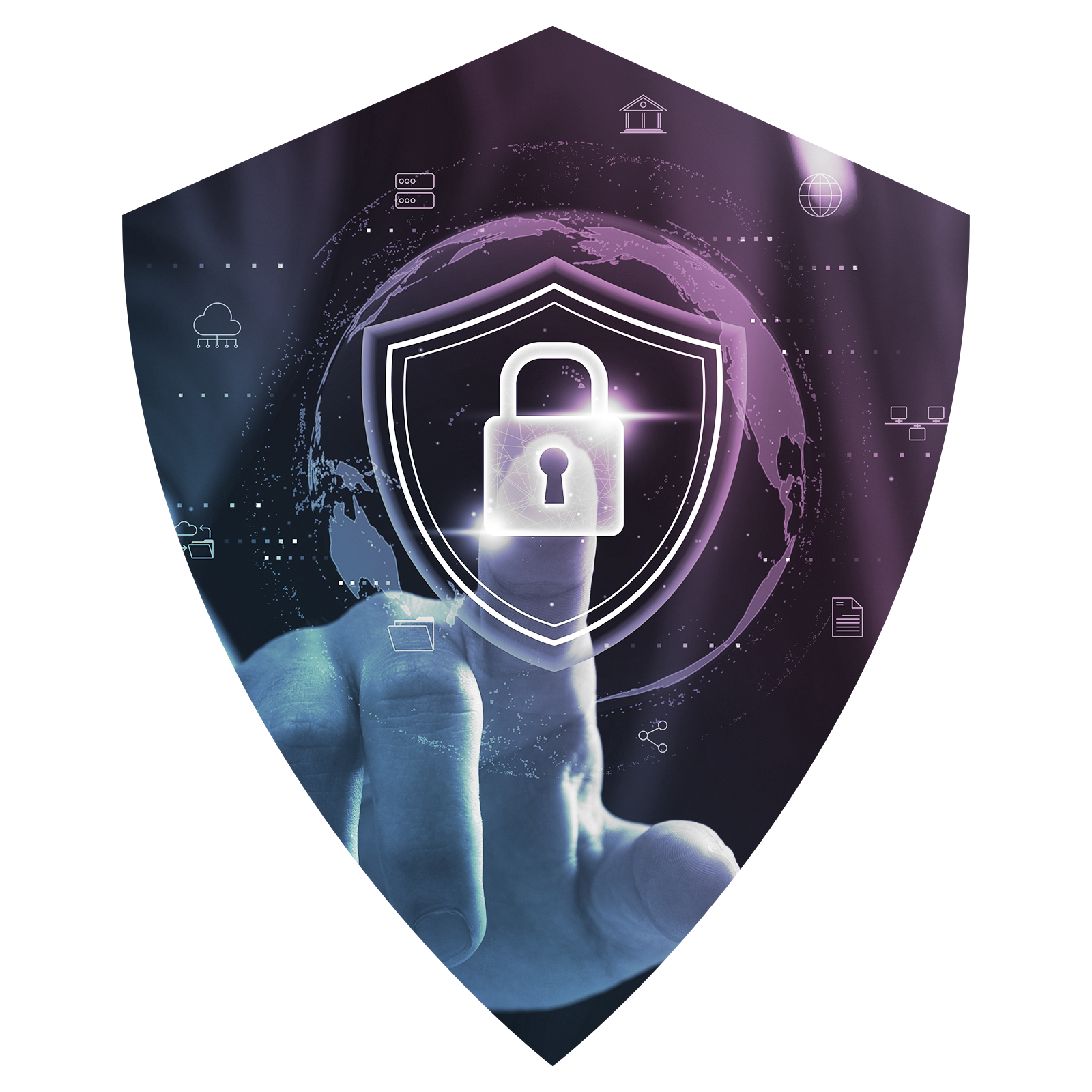Cyber Threat Intelligence

What is Cyber Threat Intelligence?
Cyber Threat Intelligence (CTI) refers to the collection, analysis, and dissemination of information about potential or existing threats to an organization's cybersecurity. This information is gathered from a variety of sources, including open sources (OSINT), human intelligence (HUMINT), technical intelligence (TECHINT), and dark web monitoring. The primary goal of CTI is to provide actionable insights that help organisations anticipate, identify, and respond to cyber threats effectively.
CTI matters because the cybersecurity landscape is continuously evolving, with new threats emerging daily. Organisations face a wide range of attacks, from malware and ransomware to sophisticated Advanced Persistent Threats (APTs). By leveraging CTI, organisations can stay ahead of these threats, understand the tactics, techniques, and procedures (TTPs) used by cyber adversaries, and make informed decisions to protect their assets and data. CTI enables proactive defense, enhancing an organisation's ability to prevent attacks before they occur and minimise the impact of those that do succeed.

The challenges
Volume of Data. The sheer volume of threat data can be overwhelming. Organisations struggle to filter and analyse this data to extract meaningful and actionable intelligence.
Resource Constraints. Many organisations lack the necessary resources, including skilled personnel and advanced tools, to conduct comprehensive threat intelligence activities.
Integration. Integrating CTI into existing security operations can be complex. Organisations need to ensure that intelligence feeds seamlessly into their security information and event management (SIEM) systems, incident response plans, and overall security strategy.
Timeliness. Threat intelligence must be timely to be effective. Delays in collecting, analysing, or disseminating intelligence can render it obsolete, reducing its value in preventing or mitigating attacks.
Reliability and Accuracy. Ensuring the reliability and accuracy of threat intelligence is crucial. Organisations need to verify the sources and validity of the information to avoid false positives and ensure actionable insights.
How to solve it
Threat Monitoring and Analysis. Continuous monitoring of cyber threats using advanced tools and techniques to identify emerging threats in real time.
Threat Hunting. Proactive searches for signs of malicious activities within an organisation's network, using both automated tools and manual techniques.
Incident Response Support. Providing expertise and assistance during security incidents, including threat identification, containment, eradication, and recovery.
Intelligence Reporting. Delivering detailed reports on current and emerging threats, tailored to the specific needs and risk profile of the organisation.
Threat Intelligence Platform (TIP) Management. Assisting in the deployment, configuration, and management of threat intelligence platforms to ensure efficient data collection and analysis.
Training and Awareness. Offering training programs to enhance the skills of internal teams and raise awareness about the latest threats and best practices in threat intelligence.
Strategic Intelligence. Providing high-level intelligence that informs organisational decision-making, policy development, and long-term security strategy.


The benefits of our services
Expertise and Experience. We bring specialised expertise and extensive experience in threat intelligence, ensuring high-quality and reliable intelligence.
Resource Optimisation. Organisations can leverage the resources and capabilities of DCR Partners without the need to invest heavily in internal resources.
Timely Intelligence. We are equipped to provide timely and actionable intelligence, enabling organisations to respond swiftly to emerging threats.
Comprehensive Coverage. With access to a broad range of intelligence sources and advanced analytical tools, we can offer comprehensive threat coverage that might be beyond the reach of many organisations.
Scalability. DCR partners can scale according to the needs of the organisation, from small-scale threat monitoring to full-scale intelligence operations.
Enhanced Security Posture. By integrating expert CTI services, organisations can significantly enhance their overall security posture, improving their ability to detect, respond to, and prevent cyber threats.
Resources within Technology & Cyber Risk Management
Explore services

Cyber Risk Management & Strategy

Security Architecture & Design

Identity & Access Management
Get in touch and find out more about how we can help
Our friendly, knowledgeable and approachable staff are available to offer support and advice on your cyber, tech, data, change and operations needs.
.jpg?width=1024&height=1024&name=Parliament%20%26%20Cyber%20Conference%20-%20Nov%2025%20(1).jpg)
-1.png?width=1024&height=1024&name=DCR%20Partners%20Recognised%20with%20%20CREST%20Accreditation%20for%20Penetration%20Testing%20(3)-1.png)
.png?width=1024&height=1024&name=SWIFT%20CSP%20(1).png)


